
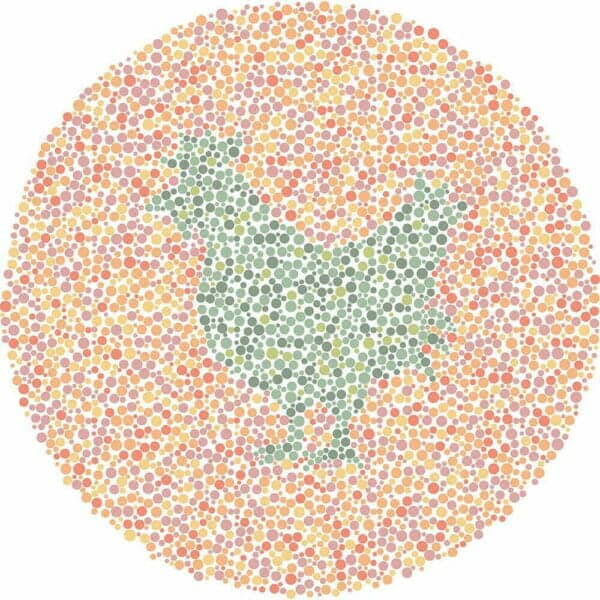

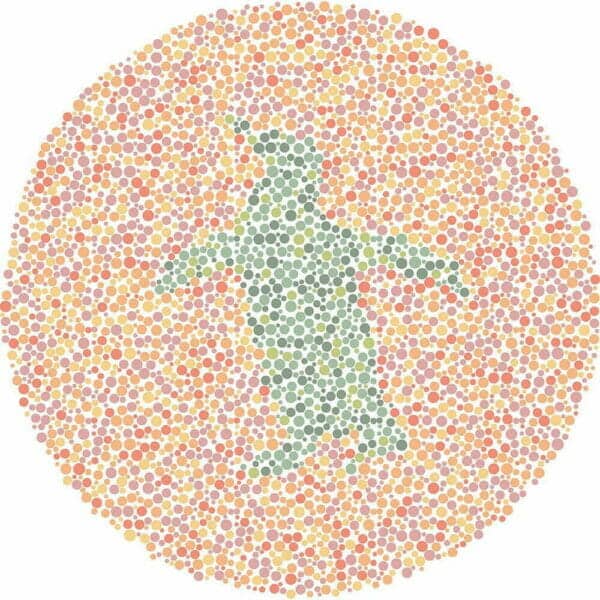
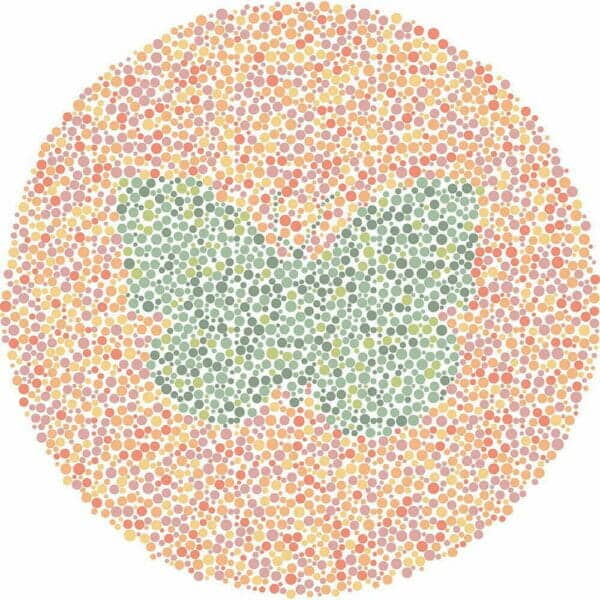
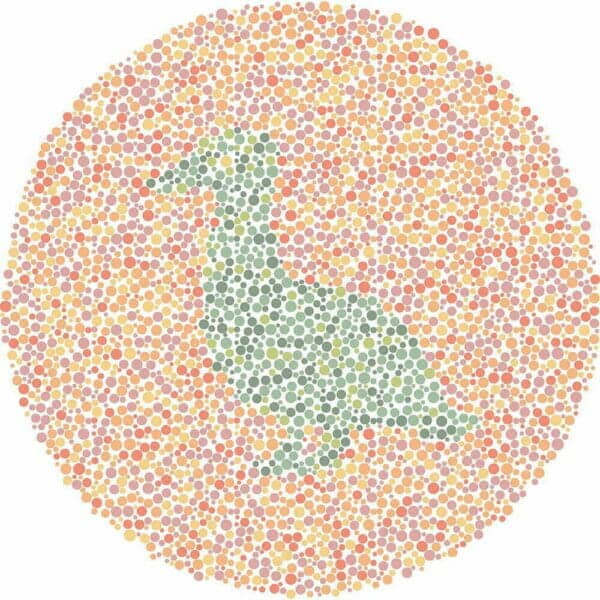
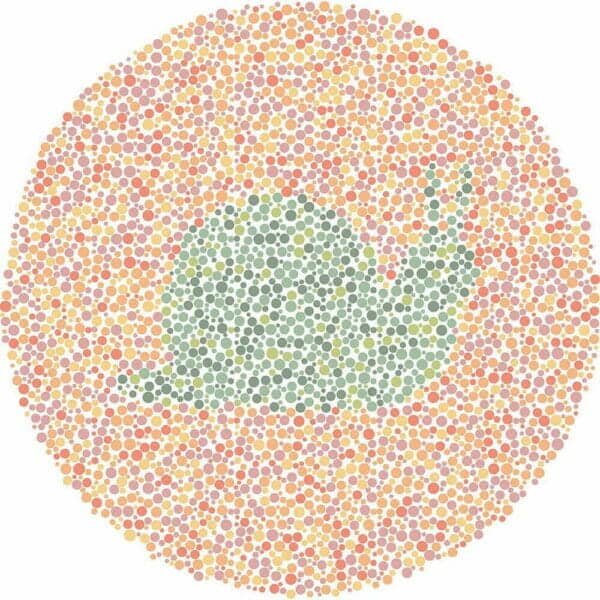
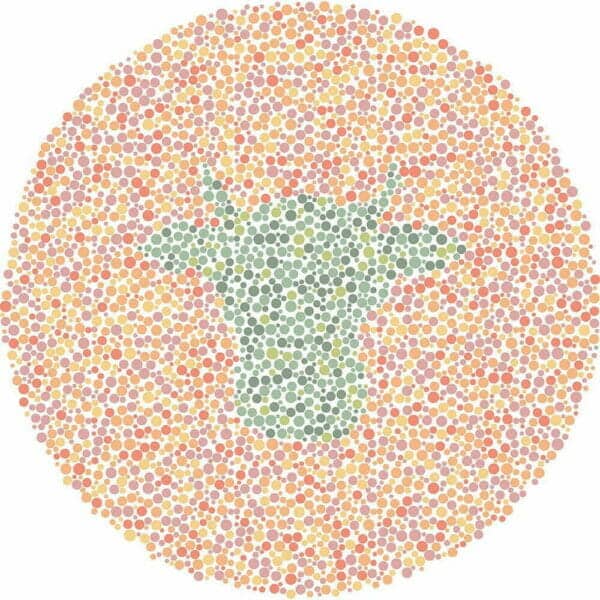
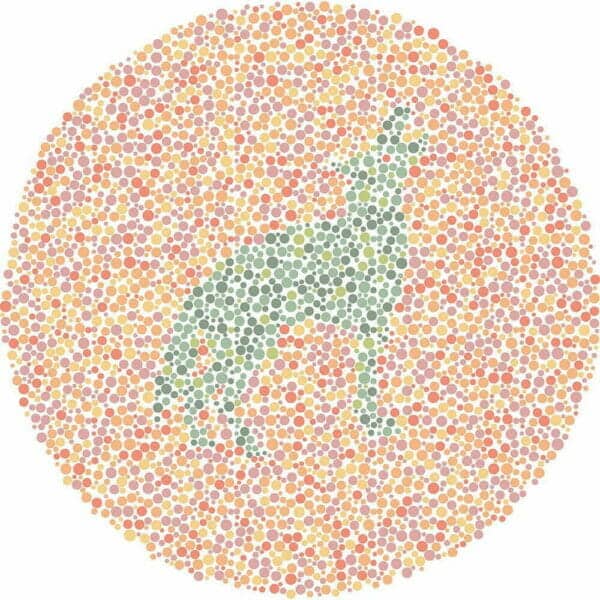
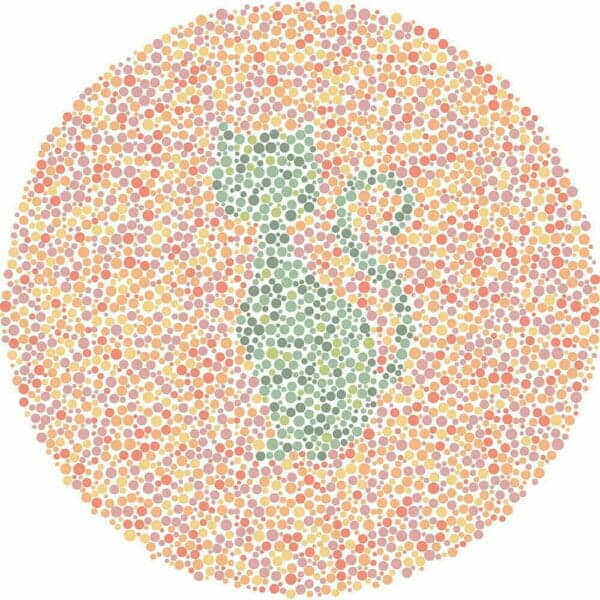
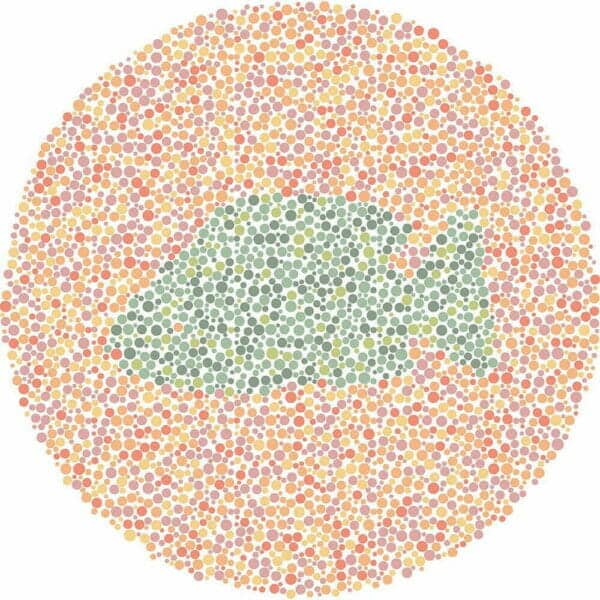


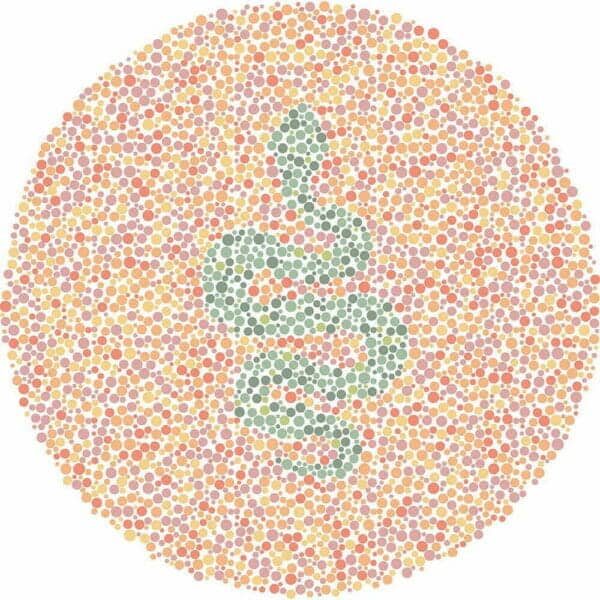
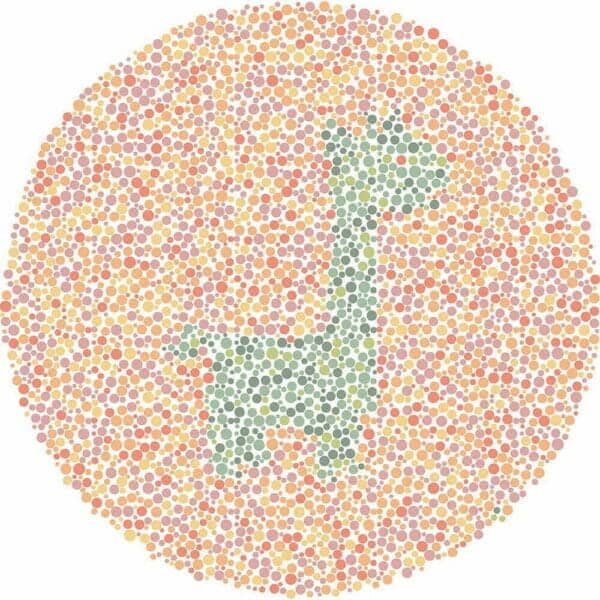
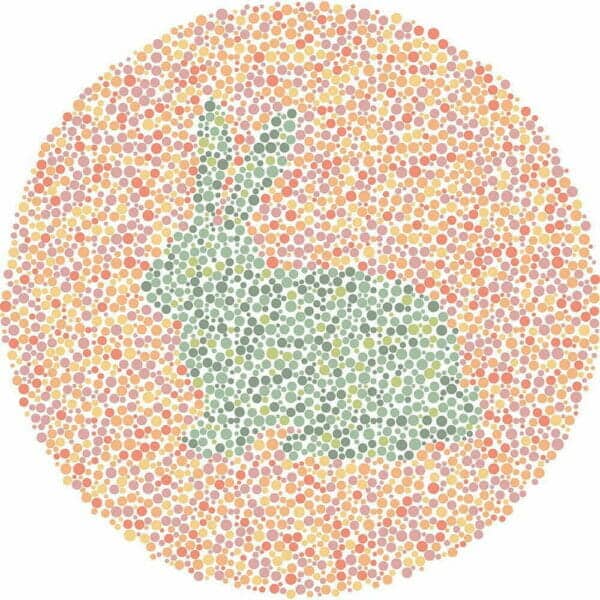

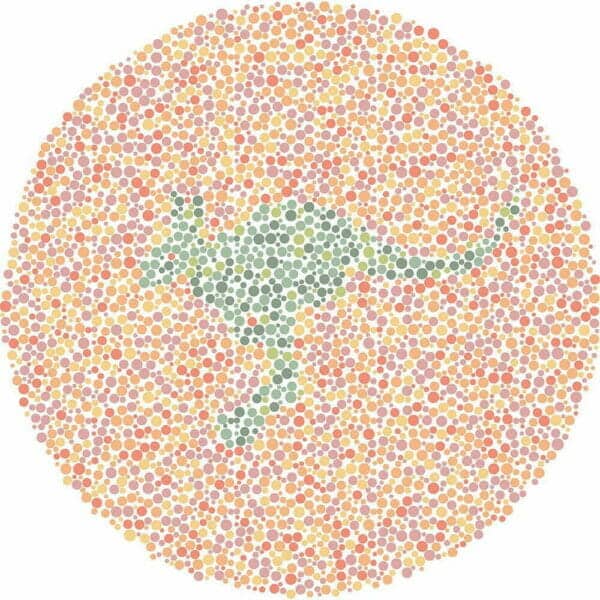

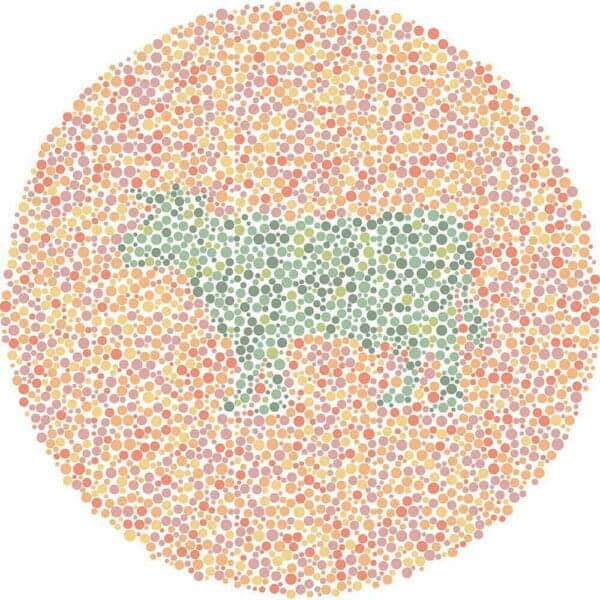



Hello everyone! Are you ready for a little challenge? Today we would like to welcome you to our Color Blind Test – Animal Edition!
Color blindness is the most common hereditary disorder. According to the estimates, about 300 million people suffer from this condition to some degree. One in every twelve men, and one in every two hundred women has color vision deficiency. Has it ever crossed your mind that you may be one of those people? Take today’s test and find out!
If you have color blindness, also called color vision deficiency, you experience the world in a different way than most people. It is a condition usually passed down to the offspring by parents. Even though it’s not a serious genetic disorder, it may make certain tasks difficult. People with color vision deficiency had their eye cones developed in a slightly different way which alters the way they perceive certain colors.
There is no cure for color blindness but special contact lenses or glasses can help dealing with this disorder. What is more, there are certain phone apps that can provide visual aid. All the user has to do is to take a photo with a phone or other device. The rest is done by the special application which will inform the user what color is a certain object.
Thanks to modern technology, most people with color vision deficiency are able to overcome its challenges and lead a normal everyday life. If you are wondering which technology would suit you best, talk about possible options with your eye doctor.
Are you smarter than a 5th grader? Solve this test and get your score!
The most common variant of color blindness is related to the colors of red and green. An individual with red and green blindness has a hard time telling these colors apart, while the less common variant makes it difficult to differentiate between yellow and blue. People with the rarest and most severe color blindness can’t see colors at all.
As many other disorders, color blindness can be mild, moderate, or severe. Sometimes a person may not even realize they are color blind if their symptoms are very mild. Apart from an ability to tell colors from each other, color vision deficiency impacts the perception of colors brightness and recognizing shades of colors.
The most severe types of color blindness also include other symptoms like sensitivity to light, or nystagmus (fast side-to-side eye movements).
Are you ready to find out if you are bipolar? Answer 20 questions included in our Bipolar Test and learn if you have bipolar disorder.
One of the first scientific methods to evaluate color blindness was developed by Turberville in 1684. The study compared color naming of various objects by color blind individuals with a healthy person.
The next test was developed in 1837 by Seebeck, which required the tested individual to choose colored samples from a range of samples and match it with a test sample. This study didn’t include color naming which was present in Turbeville’s method.
The color blind studies took an interesting turn in 1873. It was then when famous pseudoisochromatic plates were used for the first time by Stilling. Pseudoisochromatic plate is composed of colorful spots with an embedded symbol (shape, letter, number) consisting of spots of colors different from the background. The study turned out to be a huge success, and because of that, a lot of modern color blind tests are based on this method.
Another method was developed in 1903 by Williams which involved the use of lanterns. The test consisted of colored signal lights which had to be named by the participant. The advantage of Williams’ method is that it simulates real life events. A lot of modern tests are based on William’s idea. The lantern method is popular among armed forces of certain countries and is used as a test for transport workers.
Did you know that pictures can reveal your personality? Take this quiz and find out for yourself!
Before you take on the test, we would like to provide you with some tips. The quiz consists of 20 questions and six possible answers. Each question includes a tricky image with a shape of an animal hidden in it. Your task is to select the correct animal which is depicted in the image. Be careful what you pick though, as some questions are more challenging than the others. If you are not sure about the answer, try to rule out the least likely shapes.
If you genuinely think you may suffer from color vision deficiency, make sure to schedule an appointment with your local optician. However, If you just want to have some fun, we welcome you to take on our fun animal-themed challenge! This experience is best enjoyed with family and friends. Gather more players and set the rewards. Winner takes all!
How good are you at visualizing shapes and objects? Take our Aphantasia Test and find out if your mind’s eye is strong!
Are you ready to test your eyesight in our little challenge? Answer 20 questions included in our entertaining color blind test and get your score. Don’t forget to share this quiz with your friends!
Would you like to have more fun with eyesight tests? Try out this eye test!